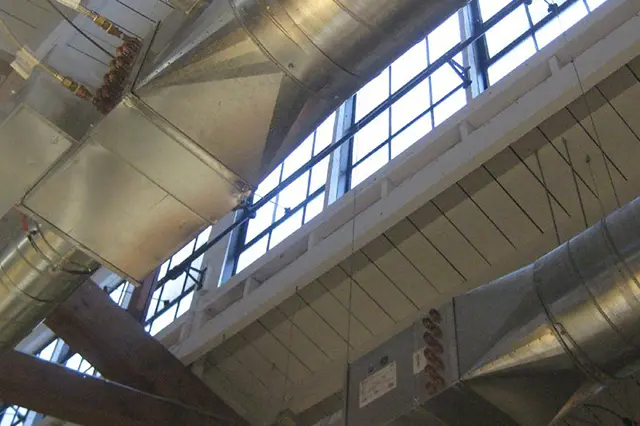
How much does it cost to fix an electric heater?
In the winter, electric heaters are a godsend. They’re usually affordable and they provide warmth without the associated costs of gas or oil. However, like any appliance, electric heaters can break down and need to be fixed. In this blog article, we will outline the common repairs and cost of fixing an electric heater. From figuring out if it’s a breaker or fuse that needs to be replaced to identifying the specific part that needs to be replaced, this article has everything you need to know about fixing your electric heater.
How Much it Costs to Fix an Electric Heater
Electric heaters can be a convenient and economical way to keep your home warm, but if they break down, they can be a costly repair. Here are the average costs of fixing an electric heater according to service providers:
– Replacement of a broken part: $75-$125
– Thermostat replacement: $50-$100
– Electrical repairs: $150-$350
– Installation: $200-$500
Electric heaters, whether they’re baseboard or portable, can cost anywhere from $50 to $1,000 to repair. The most common problem is a burned-out element that needs to be replaced. If the electric heater doesn’t have an element, or if it has a broken one and needs to be replaced, the cost can be much higher. A replacement on a portable electric heater typically costs around $200. On a baseboard electric heater, it can cost up to $500 or more.
Types of Heaters
Electric heating coils work by converting electrical energy into heat. There are three main types of electric heater: baseboard, tankless, and portable.
Baseboard heaters are the most common type and are installed in the wall near the floor. They use a small-diameter copper wire to transfer electricity from the grid to the coil and then convert that heat into mechanical energy that travels up through the wires and is used to heat your room.
Tankless heaters work similarly to baseboard heaters but use a gas or oil burner as their source of fuel. This means there is no need for a physical connection between the heater and the grid; rather, tanks of fuel sit outside the unit and supply it with hot air.
Portable heaters are smaller than either baseboard or tankless models and can be used anywhere in your home—whether you have an outlet or not. They rely on batteries to power their electronics, so they’re lightweight and easy to move around.
All three types of electric heaters have their own advantages and disadvantages.
Baseboard heaters are the most affordable type of heater and use the least amount of energy, making them a good option if you’re looking to save money. They’re also typically easy to install, so you can get started right away.
Tankless heaters are the most efficient type of heater and can be used in areas where baseboard heaters wouldn’t work. They also require less maintenance than baseboard heaters, as there is no need to clean the copper wire.
Portable heaters are the smallest and lightest type of heater and are great for small spaces or applications where space is at a premium. However, they don’t always produce the same level of heat as other types of heaters and can take longer to warm up your room.
Elements of an Electric Heater
Electric heating is one of the most popular choices for households because it’s so cost-effective. However, electric heaters can break down prematurely, costing homeowners money to fix. This guide will explain the different parts of an electric heater and how much they costs to repair or replace.
When you have a problem with your electric heater, there are some key things to know. First, inspect the electrical panel for any broken wires or burnt out components. If there are any problems with the wiring, you’ll need to call a professional to fix it. Next, check the insulation on the pipes that supply hot water to your heater.
This insulation can wear down over time, causing leaks and increasing your energy bill. Finally, make sure the ventilator on top of the heater is working properly – if it’s not getting enough air, your heater will not work as intended and may even burn out sooner. All in all, these repairs can range from a few dollars to around $1000 depending on the type of electric heater and its age.
Tips for Fixing an Electric Heater
If you’re experiencing an issue with your electric heater, there are a few things you can do to try and fix it. In most cases, simply turning the unit off and on again will reset the fuse or relay. If that doesn’t work, you may need to call a professional. Here are some tips for fixing an electric heater:
If your electric heater is not heating up, it is important to check all of the cords and plugs first. Make sure they are plugged in correctly and that they are not twisted or kinked. If the cord is still not working, try using another outlet in the house.
If your electric heater is still not heating up, you may need to replace the thermal fuse or relay. These devices can be quite expensive, so it’s important to ask your contractor or repairman if he has any recommendations before doing anything yourself.
If neither of these solutions work, you may need to call a professional. Electric heaters can be quite tricky to fix and require special skill sets that many people don’t have.
